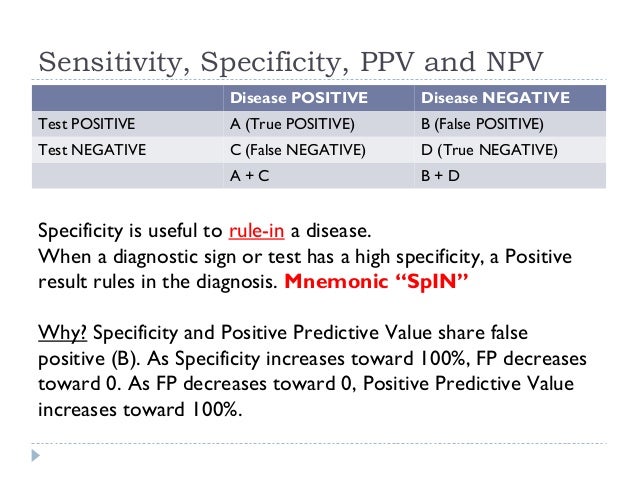
Table 3 presents a Monte Carlo simulation for NPV related to differences in prevalence (P ), SE and SP, categorized in four combinations of SE and SP (0.8_0.8 0.8_0.4 0.4_0.8 0.4_0.4) and four levels of prevalence (0.2, 0.4, 0.6, 0.8).

Two peculiar things are presented here: the bigger the prevalence the smaller the NPV and despite a small SP, the NPV is relatively larger. $$ \mathrm $$ġ-NPV is termed the ‘POST- test probability of a NEGATIVE test’.įor example: For the O’Brien test, taking into account the pooled results for SE and SP of respectively 0.66 and 0.36, NPV would range between 94% (for a prevalence of 6%) and 75% (for a prevalence of 26%). This letter illustrates the limitations of the concepts of SE, SP, NPV, PPV and the LRs in context of specific shoulder tests. LIKELIHOOD RATIO (LR) is the ratio of two probabilities. Likelihood ratios determine how much more likely a particular test result is among people who have the clinical condition of interest than it is among people who do not have the condition. Therefore, another variable has been introduced to evaluate the strength of a diagnostic test, namely the likelihood ratio.

This makes prevalence the nemesis in the application of the predictive values. PPV is increasing, while NPV decreases with the increase of the prevalence. Prevalence affects PPV and NPV differently. Consequently, predictive values from one study should not be transferred to some other setting with a different prevalence. However, PPV and NPV are predictive values not only dependent on SE and SP but also largely dependent on the prevalence in the examined population. The latter statement is related to the concepts of Positive and Negative Predictive Value (PPV and NPV).

SE and SP are incomplete because for clinical diagnosis, the question of concern should actually be: ‘what is the chance that the clinical condition will be present or absent in the context of a positive or negative test result?’. SNOUT is the acronym for ‘Sensitive test when Negative rules OUT the disease’, SPIN for, ‘Specific test when Positive rules IN the disease’. Related to SP and SE are the diagnostic procedures of SNOUT and SPIN. Specificity (SP) and sensitivity (SE) answer the question ‘what is the chance of a positive or negative test in response to the presence or absence of a clinical condition?’.


 0 kommentar(er)
0 kommentar(er)
